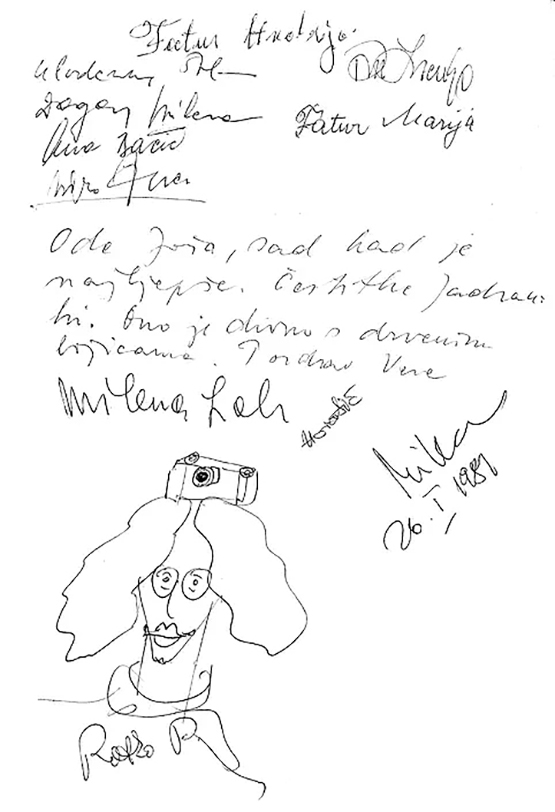Paintings are organisms; I want them to live and have their own independence.
— Jadranka Fatur
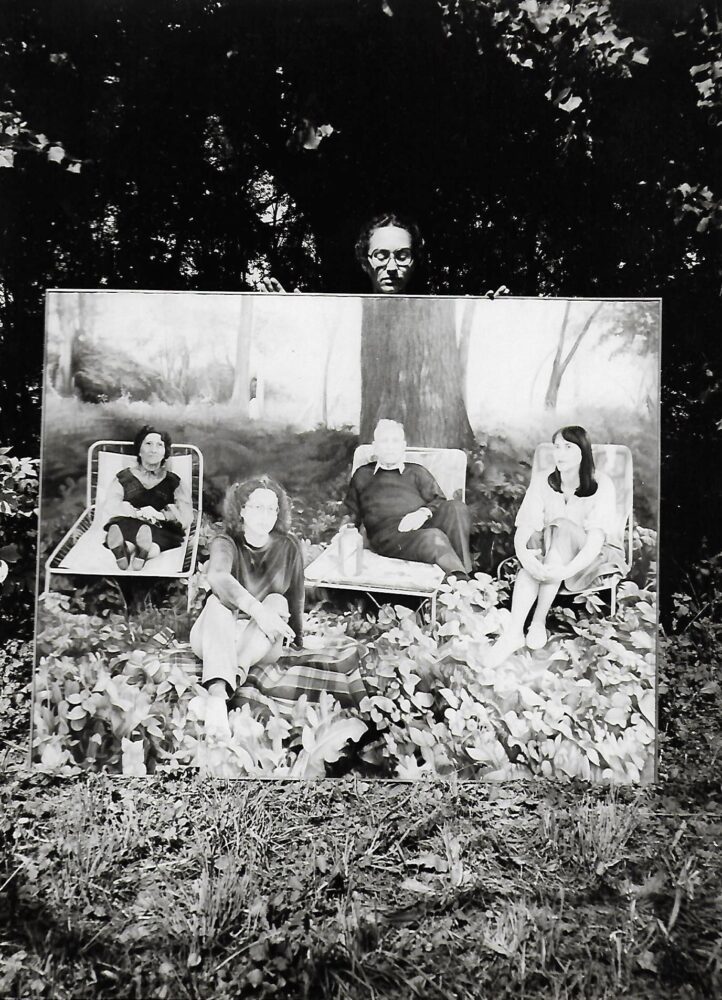
BIOGRAFIJA
Jadranka Fatur was born on July 21, 1949, in Zagreb. She graduated from the School of Applied Arts in 1969, and from 1969 to 1974 studied painting at the Academy of Fine Arts in Zagreb under Professor Miljenko Stančić. From 1973 to 1977, she was an assistant in Krsto Hegedušić’s master workshop, later under Ljubo Ivančić. She received a scholarship from the French government to study at the École nationale supérieure des Beaux-Arts in Paris in 1977–78. She has been a member of the Croatian Association of Visual Artists since 1974. From 1975 to 2004, she was a member of the Croatian Artists Association. Since 1978, she has worked in her studio at Jakovlje Castle in Hrvatsko Zagorje, together with her husband, Ratko Petrić, a sculptor. She taught at the Academy of Fine Arts in Zagreb from 2004 until her retirement in 2014.
She has been exhibiting since 1972 and has participated in more than 200 group exhibitions and 28 solo exhibitions both in Croatia and abroad (Austria, Germany, the Netherlands, Romania, France, the United Kingdom, the USA, Canada, Hungary, Poland, Slovenia, Serbia, North Macedonia, Montenegro, Bosnia and Herzegovina, Japan). She has undertaken study trips to Italy, France, the USA, Mexico, Greece (scholarship in 1982), the Netherlands, Austria, Germany, Hungary, and Argentina. More than 250 bibliographic entries and several TV documentaries have been published about Jadranka Fatur’s work. Her pieces are held in museums and galleries, as well as in private collections around the world. She has received numerous awards both domestically and internationally. She has published five prose-essay books inspired by Rudine on the island of Hvar, her mother’s birthplace.
Paintings are self-explanatory if we are willing to embark on our own purely visual adventure.
For over four decades, Jadranka Fatur has been the most important and consistent representative of the hyperrealist approach in Croatia. She embraced this new international painting movement as it was emerging, right during her artistic maturation, and further validated her choice through study stays in Paris and America. For her, photography has always been and remains merely a template, a visual reference, while she painted her own simulated reality—capturing emotions, the socio-cultural atmosphere, and the changing spirit of the times.
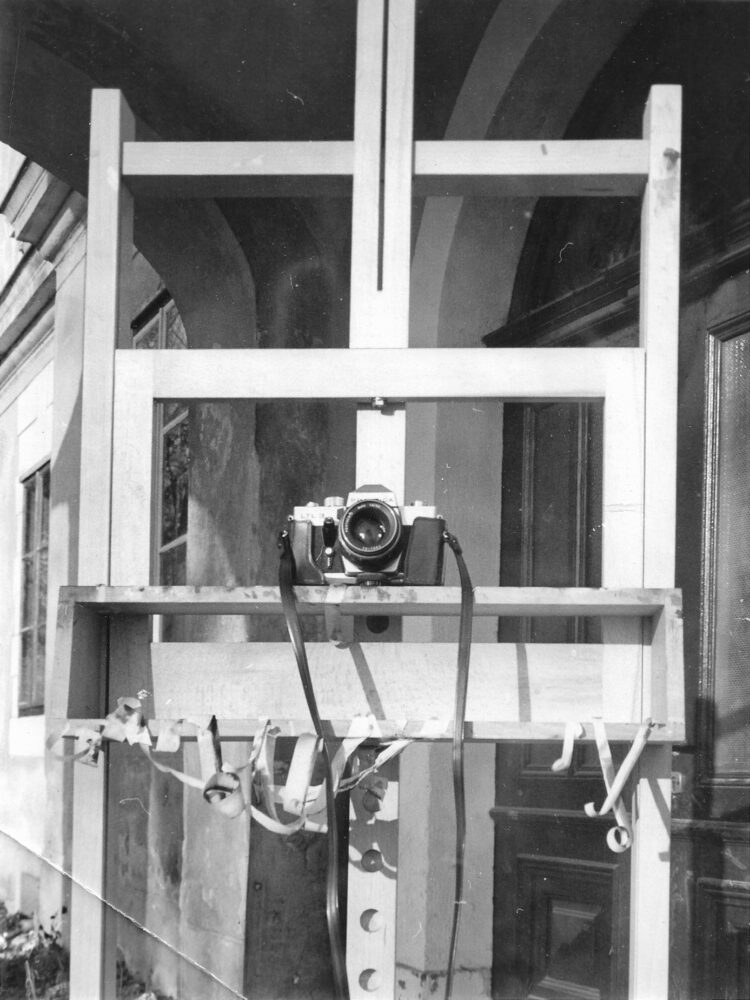
ON PAINTING
In my painting, a fusion occurred between the internal and the external, the formal and the emotional. Early paintings were strict, marked by a sense of responsibility toward these proportions, and focused on uncovering the truth about reality. I think that in the beginning, I was striving to reach reality itself, which, of course, also had to be imagined — despite the photographic notes. The power of forms I had perceived in a new light astonished me. My interest turned to the symbols of the new age, especially those that suggested a sense of togetherness among people — means of transport, post offices, telephones, ships, airports.
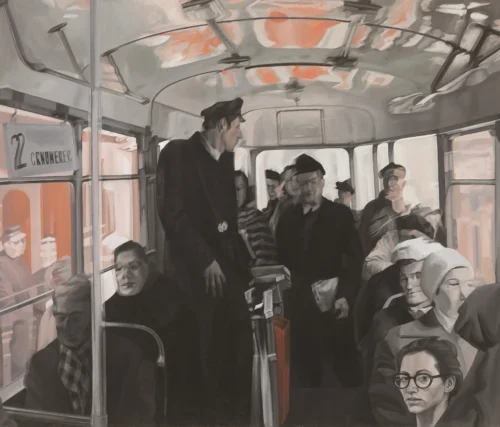
Tramvaj No. 2
oil on canvas, 1973
Eventually, my focus began to shift from form toward color, which is logical. Likewise, over the years, what was general and ‘faceless’ had to give way to more intimate subjects, such as portraits and interiors. These are natural processes in an artist’s life, but each requires determination because the message shifts—and that shift is reflected both in dialogue and reception. For me, form and matter are inseparably linked. The concept of the work dictates the matter.
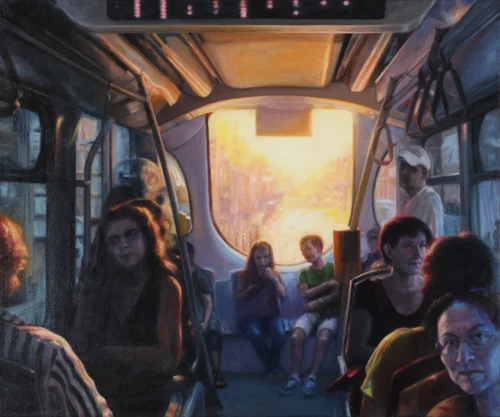
Centralna Perspective
oil on canvas, 2018
Through photography, I could observe reality, while painting was meant to express something from my life, from that reality. I don’t see my photography as art in itself, I see it as a path to a painting.
ON PHOTOGRAPHY
If there is any doubt in the public sphere as to whether hyperrealist painting is necessary given that photography could serve as its replacement, it is worth remembering that photography today is an autonomous art form, one that has partially taken on the goals of painting, which it increasingly seeks to resemble, becoming more abstract in the process. Why shouldn’t painting, in turn, adopt the reverse approach, using photography as a mechanical, non-subjective regulator; and why shouldn’t the final result ultimately be irrational, defying logic?
The possibility for a photograph to be used completely unpretentiously as a snapshot of a moment. Thus, in the act of painting, that moment is transformed into a span of time, subject only to the laws of painting. It is therefore as fragile and uncertain as the artist’s existence — a brief flicker.
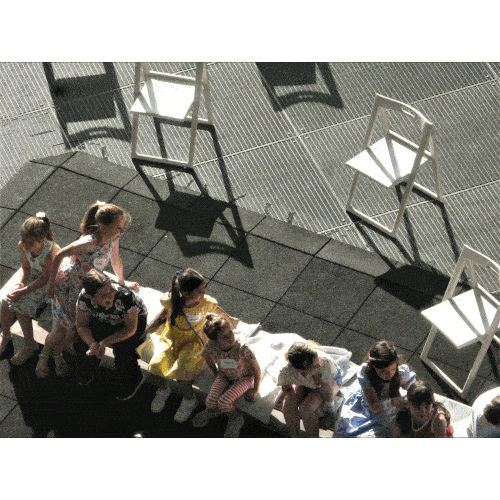
Sketch for a Portrait:
Jadranka Fatur
Duration
9’52”
Director: Jovica Šego
Editor: Vesna Klarić
Text: Jadranka Fatur
production: HRT 2008.
Country of Production: Croatia
